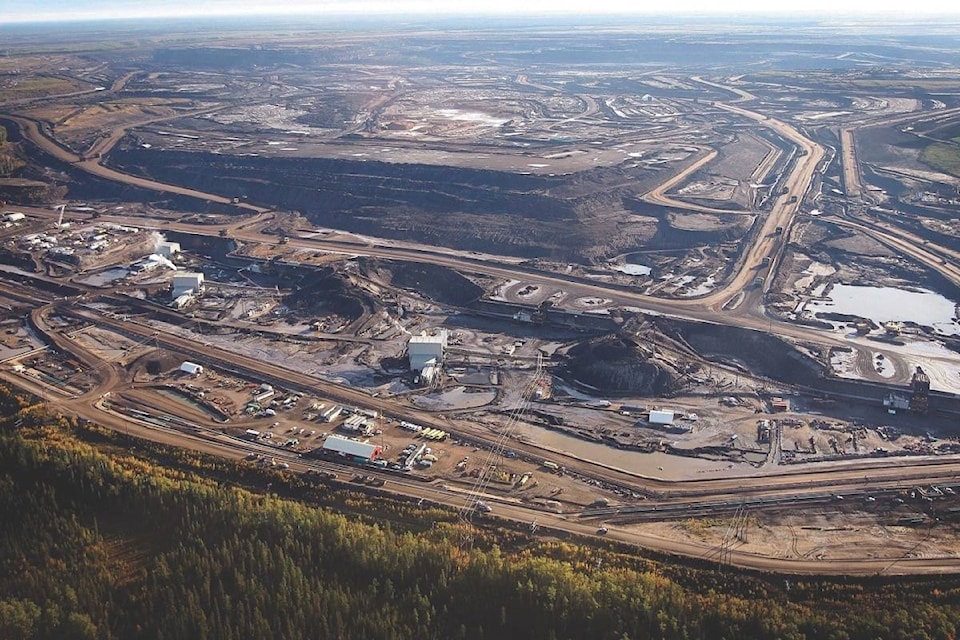After being challenged to look at some of the industry articles written on the tar sands rather than just the environmental references for my first article, I looked at a number of mining and industry documents.
What was most interesting was the persistence of the jello like sludge (also called mature fine tails MFT) that is a byproduct of the mining phase of the tar sands operations. Industry emphasizes that the water must be removed or it will take many decades for this to happen if left to natural evaporation.
According to the University of Calgary the management of tailings ponds is one of the most difficult environmental challenges associated with oil sands and their existence is extremely controversial.
The main problem with the ponds is that they include toxic and harmful chemicals such as ammonia, mercury, and naphthenic acids.
The water containing these chemicals is toxic to animals, particularly aquatic organisms and radar and cannons must be used to deter water fowl from landing on the ponds where thousands have died in the past.
Mining is still used if the over burden is under 65 meters and still accounts for about 50 percent of the daily extraction.
The other approach is the in situ method of drilling vertical and horizontal wells and using steam to loosen the oil before pumping it to the surface.
Read more: Industrial Update: B.C.’s minister of mines tours Cariboo region mines
This method uses much less water and has a lower impact on the surface and most important does not produce the toxic sludge like the mining approach.
Industry has spent billions of dollars in attempts to remove the water so the sludge can be covered with the over burden material removed during the mining phase.
They have resorted to adding chemicals that speed up the water extraction process along with huge centrifuges to extract the water but all these methods have proved costly and slow relative to how much sludge has been produced (over 830 million cubic meters). Adding to the problem is the millions of cubic meters produced on a weekly basis with no end in sight.
Other options to speed up the reclamation process include to cover the sludge in old mine pits. Coke capping consists of using space age fabrics to cover the pond and then add a coke layer ( a by product of the bitumen processing).
Straw like devices are inserted before the soil cap is added in an attempt to allow the water to escape. Another capping method consists of adding fresh water to the sludge in the mine pit.
Both capping methods are relatively new and there is a lot of controversy as to the potential of making the problem worse if either approach fails.
The main concern with both capping methods is the amount of time that is needed to prove the effectiveness of either system.
The problem was the reclamation was not required until the mining operation ceased which in some sites has not happened even though the first operations started in 1967.
In the case of the water capping approach it is expected that the lake formed will have additional water moving through the system as in natural lakes and it may take many decades to see what the potential impact may be on the environment.
If some small scale trials had been introduced 30 or more years ago the evidence would be available before we embark on any of these proposed methods.
With the uncertainty of the oil industry now would be the time to phase out a process that adds daily to a toxic environment for future generations.
Read more: Mining company prospecting for gold near Bella Coola
Jim Hilton is a professional agrologist and forester who has lived and worked in the Cariboo Chilcotin for the past 40 years. Now retired, Hilton still volunteers his skills with local community forests organizations.
Do you have a comment about this story? email:
editor@wltribune.com
Like us on Facebook and follow us on Twitter.
